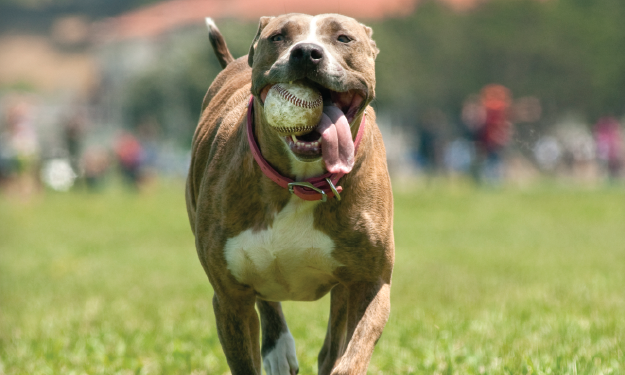Heat Stroke and Overheating in Pets

Heat…everyone knows that it can be dangerous for our pets. If you ask most people about heat and pets, they know that it can cause sickness and in some cases death. I feel like a broken record, but yet, pets do continue to come in with heat stroke, and often in ways that owners didn’t necessarily consider or predict.
In humans, we have multiple mechanisms for reducing our temperature when the weather is hot and humid. We radiate heat from our body to the outside environment, and our blood vessels dilate, allowing blood to stay in the extremities a little longer and lose more heat to the environment. We also sweat, leading to evaporative cooling. Finally, we are self-aware of heat, and can seek air conditioning, shade, and cool places to avoid heat. So what about our pets?
Dogs and cats, on the other hand, have several things working against them:
- They do not sweat, so all heat loss occurs via radiation and convection. There is a small amount of evaporation and heat loss occurring via panting, but this is far less efficient than sweating. The higher the outside temperature and humidity get, the less efficient their cooling mechanisms get.
- Breeding has left them with less-than-ideal characteristics for heat loss. Many short-nosed breeds have compromised airways that can’t move air quickly enough to pant effectively. Thick-coated breeds were bred for arctic climates. Even dark-haired dogs absorb heat from the sun.
- Dogs are people-pleasers! If their owner is going running, and brings them along, they happily go. They could be nearly dying, and they will continue to run until they collapse.
- Pets don’t always have great ability to find cool locations. Cats are usually quite good at finding the coolest place in the house and chilling out. But even cats can only tolerate a temperature so high before they lose the ability to compensate. Pets can’t turn on air conditioning, and don’t always realize that the basement may be cooler than the attic. Nor can they always reach the basement if the door is shut.
But we can help them! In the end, our responsibility to our pets is to keep them safe. Please remember during these warm months:
- Never, ever, ever, leave your pet in the car. Not with the windows cracked, not for just a minute, and even be aware that the car can overheat even with the car running and the air conditioning on. Unless you are in the car with them to know what the temperature is, you just don’t know. A minute turns into 5, and windows open a crack don’t allow enough air flow to cool effectively. Sit in the car for a few minutes on a hot day and you will understand.
- Keep pets indoors, preferably in air conditioning, during the hottest parts of the day. If you don’t have air conditioning, floor fans can be helpful as air movement can help.
- Always have water available (though this alone won’t save a pet from heat stroke).
- Make sure that yards have an appropriate amount of shade.
- Take dogs for a walk in the early morning or at dusk rather than the middle of the day.
- If your pet appears overheated, seems to be panting uncontrollably, or you take a rectal temperature and it’s over 102.5, wet his or her coat thoroughly with water. If his or her temperature is over 104 degrees, you should seek veterinary care.
- other signs of overheating include: fast heart rate, excessive panting, dark pink mucous membranes